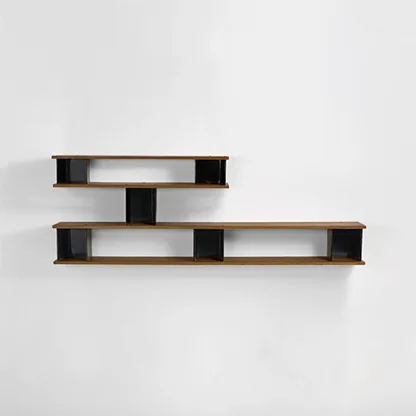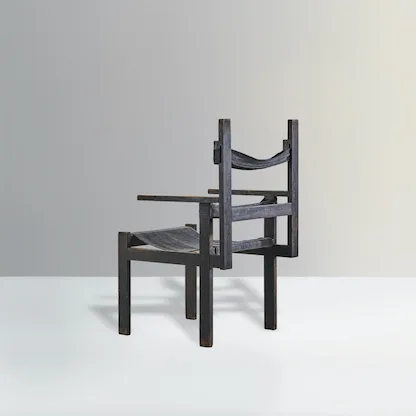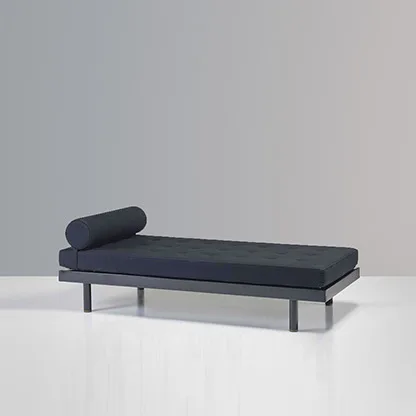AUTHENTIC DESIGN ARTEFACTS
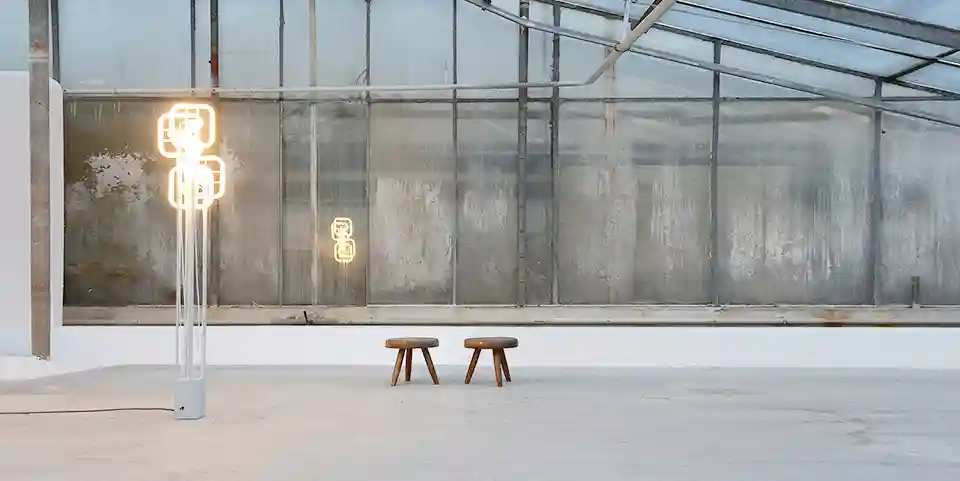
We present non-conformist design – rough and unforgiving.
Never accessories. Always resistance.
CATALOGUES
CONTEMPORARY 21. CENTURY
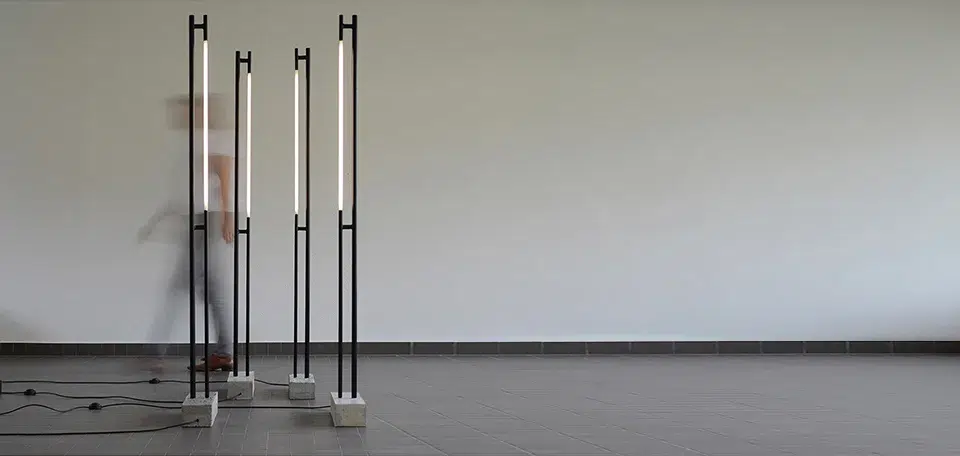
Objects without obedience.
Radical. Unwilling to please.
1STDIBS
YOUTUBE
ARTSY
Pierre Jeanneret Chair – Original Chandigarh Furniture at P! Galerie Zurich
The Chandigarh Project: Architecture and Design as a Social Vision in India
In 1951, Le Corbusier was commissioned to design Chandigarh as the new capital of Punjab. Pierre Jeanneret, his cousin, took the role of chief architect on site and spent 15 years in India, from 1951 to 1965. While Le Corbusier designed the monumental government buildings, Jeanneret developed the entire furniture program for the new cityfurnitu for administrative buildings, universities, courts, and public institutions.
These pieces were not secondary. They were part of a political and social experiment: a modern, democratic capital in post-colonial India. Each piece had to function — in a tropical climate, with local materials, made by local craftsmen, repairable without imported parts. Jeanneret was not designing objects for a European clientele, but infrastructure for a city in the making.
The challenge was fundamental: How do you translate modernist principles into an Indian context? How do you create furniture that is functional, producible, and formally coherent? How do you create objects that are also visionary? Jeanneret’s answer was a logic of necessity — reduced to structure, material, and function, without losing the presence of the object.
Material and Production
Jeanneret worked with Indian teak, sissoo wood, cane, metal, and bamboo. The furniture was built in Chandigarh’s government workshops, not in European factories. This meant: traditional joinery rather than machine precision, adjustments to available tools, local timber dimensions, local climatic conditions.
This mode of production produced variations. Different workshops used slightly different measurements. Wood joints show individual craftsmanship. Some chairs carry stamps of the producing authority: “PEC” (Punjab Engineering College), “PU” (Panjab University), court markings such as HC. These details are not flaws — they are markers of authenticity and make the object’s history legible.
The wood was often not perfectly dried. In India’s monsoon climate it moved, warped slightly, developed cracks. Jeanneret accepted this. The constructions were designed to absorb these movements without losing stability. This adaptability — technical and conceptual — distinguishes his work from the rigid perfection of European manufacturing.
The cane weaving was done by local craftsmen, often reflecting regional patterns. Jeanneret did not impose total control; he allowed room for interpretation. The result: furniture between European modernism and Indian craft.
Iconic Models and Their Function
PJ-SI-28-B Office Cane Chair (ピエール ジャンヌレ):
Office cane office chairfor Chandigarh’s administration. Sloped seat, curved backrest, cane for ventilation. Optimised for stability with minimal material. Each element has a structural role. The A-shaped back distributes load and allows varied sitting positions.
PJ-SI-59-A “Kangaroo” Lounge Chair: Designed for waiting areas and libraries. A continuous wooden arc from floor to backrest — efficient and reduced. The name comes from dealers, not Jeanneret. Low seat, steep back angle, a posture oriented toward reflection, not long sitting.
PJ-SI-33-C Committee Bench: Modular bench for Assembly at the Capitol Complex. Elements could be combined according to room size — a transfer of the city’s modular planning ideas into furniture.
Floating-Back Armchair / Capital Complex Chair PJ-SI-28-A: The backrest is not fixed to the seat but floating. A constructional refinement. More complex to produce, therefore rarer.
Shelving and Storage System
Less known, but equally considered. Modular shelves extend vertically and horizontally. Desks with integrated storage structure workflow. These objects were not neutral — they were conceptually radical.
What P! Galerie Does — and Does Not Do
We do not over-restore. A chair that stood for decades in a Chandigarh ministry carries traces: scratches, sun discoloration, wear from hands on the arms. This patina is history. Removing it erases the object’s biography.
The difficulty lies in dealing with climate damage. Wood that spent decades in monsoon conditions has changed. Some cracks are harmless; others affect integrity. Distinguishing them requires experience. We conserve as little as possible, as much as necessary.
Provenance and Authenticity
The Chandigarh furniture market is complex. After Jeanneret’s death in 1967, the city was left with thousands of pieces. In the 1970s and 80s they were considered outdated — many were discarded, ended up on markets, were exported. Only from the 2000s onward systematic collecting began, along with reproduction.
Today there are three categories: verified pieces with documented origin; pieces with plausible Chandigarh provenance — correct materials, construction, workshop traits — but without full documentation; and reproductions, produced since the 2010s, some high-quality and difficult to distinguish.
We deal only in verifiable originals. Authenticity markers are subtle: workshop stamps, often faded or overpainted; construction details differing between drawings and actual execution; use-traces that only decades of institutional use produce; wood quality characteristic of 1950s–60s Indian production.
Parallel Positions in a Radical Poetics: Rietveld, Perriand, Prouvé, Bo Bardi, Strala
P! Galerie shows Jeanneret in context with related positions. Gerrit Rietveld’s work for Utrecht — furniture for social housing and public institutions — shares radical traits. Rietveld’s Red-Blue Chair is iconic.
Charlotte Perriand’s shelving for Maison du Mexique (1952) shares with Jeanneret the idea of architecture and furniture as a unit. Her modular systems pose similar questions: spatial organisation, flexibility, conceptual limits.
Jean Prouvé’s school furniture for African colonies emerged from similar conditions: robust, affordable, locally producible. Prouvé’s industrial approach differs from Jeanneret’s craft-based one, but the underlying questions overlap.
Lina Bo Bardi’s furniture for Brazilian institutions (1960s–80s) follows a parallel path: European modernism filtered through local materials and conditions. Her seats for SESC Pompéia embody this radical stance.
Tom Strala’s work continues this line: reduced, politically readable, anti-commercial. Similar questions as Jeanneret asked seven decades earlier: How does form express a political attitude? How does design articulate critique?
Modern design was often dogmatic. Here other approaches appear. A form of poetic resistance becomes visible — giving the objects intensity and relevance.
The Showroom in Dietikon
The showroom does not stage living-room scenes. The furniture stands in architectural arrangements: visible height, top light, concrete floor. The aim is to understand structure, proportion, material — not to imagine a chair next to a sofa. The question: is the aura, the resistance, the intensity visible?
Visits by appointment. We take time. Collectors can examine pieces, inspect joints, study construction details. Photographs show furniture, but not weight, texture, subtle workshop differences.
The showroom also functions as a research space. We keep original Chandigarh documentation, archive material, correspondence, photographs. Collectors and researchers can study both furniture and context.
Who These Pieces Are For
Not for everyone. They are not comfortable in the sense of a padded armchair. Not perfect in the sense of Scandinavian factories. They are raw, direct, uncompromising.
They suit people who see architecture as social practice. Who care about material culture and design history beyond canonical narratives. Who accept a chair that poses questions instead of offering comfort.
Jeanneret’s furniture is not lifestyle décor. It is historical material that expresses a particular vision of modernity — democratic, functional, anti-elitist. Its roughness is intentional. Its imperfections are authenticity, not defect.
Collectors of these pieces do not collect styles; they collect positions. They are interested in how design shapes social realities, how furniture expresses power or equality, how form materialises ideology.
P! Galerie: Focus on Radical Design
P! Galerie is led by Pedja Hadzi-Manovic, architect (ETH Zurich), specialised in mid-century design and its material artefacts. The practice joins trade with research — every piece sold is also studied.
The focus is radical design — furniture that pushes formal, political, or social boundaries. Not mainstream modernism, but positions that are uncomfortable: ideologically, formally, materially. Jeanneret, Rietveld, Prouvé, Bo Bardi, Strala — all treat furniture as resistance, experiment, reality.
Radical design means refusal of convention. No decorative gestures. No commercial accommodation. Material as social statement. Form as question. These pieces provoke through consistency, not spectacle.
However, financial value represents only one dimension of these objects’ significance. Pierre Jeanneret’s work resists decorative reduction. His chairs are not about comfort — they are about structure, refusal, and material honesty. Every original Pierre Jeanneret chair is an artefact of a political and architectural ideology. Chandigarh’s modernism is visible in these objects: civic, direct, unfinished — and precisely for that, complete.
We work with museums, collectors, and institutions worldwide. Our presence on 1stdibs, Artsy, Art Basel, and Design Miami places us in the international discourse on architectural furniture. We also collaborate with auction houses such as Sotheby’s, Christie’s, Piasa, and Wright20, while maintaining curatorial independence.
This dual role — commercial and curatorial — is intentional. The market for radical design needs expertise, context, standards. We see ourselves as mediators between historical objects and contemporary collecting, between academic research and practice. Not every mid-century piece is radical — we select by conceptual rigor, not trend.
Contact
P! Galerie, Dietikon near Zurich. Visits by appointment
Documentation and provenance research on request
For inquiries about available Pierre Jeanneret pieces, visits, or specific research on Chandigarh furniture, contact us directly.

